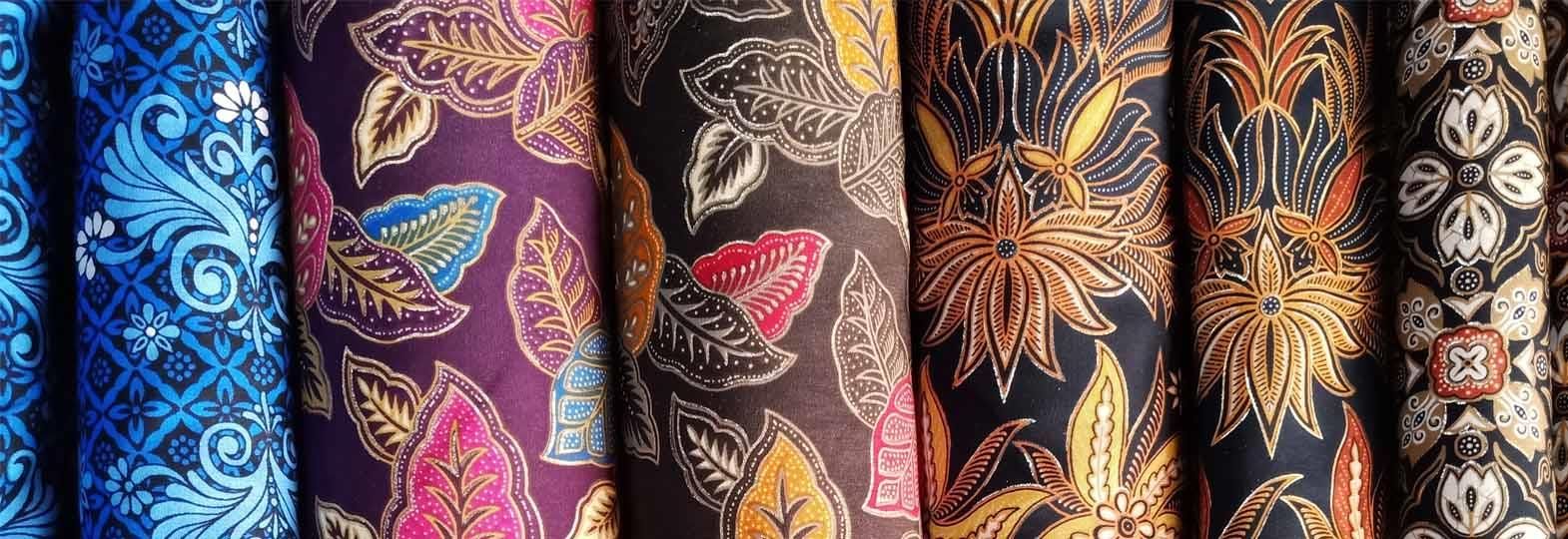With the world leaders and other diplomats donning batik during the recent G20 summit on the Indonesian island of Bali, the wax-resist textile has come under spotlight once again.
Customary batik shirts were worn by numerous dignitaries at the recent G20 summit in Bali, Indonesia. Indonesian President Joko Widodo welcomed the leaders wearing an udeng cap and a saput skirt, used for the special occasions like Balinese religious ceremonies, while fashionable batik scarves were given to delegates as a welcome gift.
The majority of the group of twenty leaders were also seen wearing brightly coloured outfits decorated with floral designs. Prime Minister of the Netherlands Mark Rutte and Australian Prime Minister Anthony Albanese wore attire that paid homage to the country hosting the meeting, as is customary at these gatherings; in this case, long-sleeved batik shirts with floral or botanical motifs.
Even Elon Musk, the new owner of Twitter, who joined the conference digitally, wore a green Bomba batik shirt. In short, the G20 summit has brought focus again on batik, which was named by UNESCO in 2009 as a ‘Masterpiece of the Oral and Intangible Heritage of Humanity’ because it is a highly developed Indonesian craft.
What is batik?
It is a wax-resist dyeing process that is used to colour complete fabrics or fabrics created using this method. The term ‘batik’ is derived from the Javanese words amba (meaning ‘to write’) and titik (meaning ‘dot’) or maybe from the word beCk (meaning ‘to tattoo’). The word, which is sometimes written battik, was first used in English in the Encyclopaedia Britannica of 1880. As mbatek, mbatik, batek, and batik, it is documented in the Indonesian Archipelago throughout the Dutch colonial era in a variety of forms.
In batik, the artist either prints the resist with a copper stamp known as a cap or creates dots and lines using a spouted tool called a canting. The cloth can be dyed selectively by the artist by soaking it in one colour, removing the wax with boiling water, and repeating if various colours are needed because the applied wax resists dyes.
Although experts debate on the exact origins of batik, Dutch documents from the 17th century make reference to “fabrics richly adorned”. According to some experts, batik was originally a royal Javanese art form.
Other experts dispute the notion that batik was primarily used by royalty and believe that the rakyat, or common people, frequently used it. For Central Javanese women, the ability to operate a canting—a pen-like tool used to apply wax to cloth—relatively well was seen as a vital component of a young woman’s accomplishment, at least on par with cooking and other domestic skills.
Everywhere throughout Indonesia, especially for significant events, batik is worn. It is a significant aspect of Indonesian culture and is present in all aspects of the people’s daily lives. Batik patterns frequently incorporate Chinese dragons, phoenixes, and copper coins. A number of handicrafts, including apparel, handbags, and coin bags, have integrated batik patterns, which are typically seen on fabric or cloth.
What are the different batik patterns?
The batik tradition has been handed down in Indonesia from one generation to another, evolving from the traditional hand-drawn to a more modern fashion symbol. There is evidence that batik patterns have been a part of Indonesian culture since the fifth century. Since then, the complete human life cycle—birth, marriage, and death—has been portrayed using the wax-resistant dyeing technique. It was initially solely worn by royal families when unique theme designations known as batik parang were allocated to each member of the lineage such as monarchs, princes, and nobles.
There are several batik designs, and each one has a corresponding meaning. In fact, some designs have distinct meanings and are intended for particular purposes. For example, the parang geometric batik pattern which features long, narrow symbols resembling a sword, or the letter ‘S’, is viewed as a sign of security and protection. According to mythology, Panji, a Javanese prince, was shielded because of the parang batik on his clothing.
However, the most popular batik print for weddings is ‘Sekar jagad’, which features floral motifs and expresses love and joy. ‘Ulamsari Mas’ is a different well-liked batik pattern. With pictures of shrimp and fish, it demonstrates fascinating themes. Due to the island’s abundance of marine life, one of the Balinese people’s main sources of income is fishing. To express their appreciation for the island’s natural riches, including fish, shellfish, and raw materials, the people of Bali produced this batik. Ulamsari mas designs thus reflect the way of life and wealth of the Balinese people.
The batik fabric is also utilised in funeral rituals, specifically as a body cover. The slobok motif represents loss. The hope that spirits would have a pleasant and painless journey to God is symbolised by this batik design.
Today, batik designs and fabrics are also seen in many nations, including Nigeria, India, Indonesia, Singapore, Malaysia, and Bangladesh.



